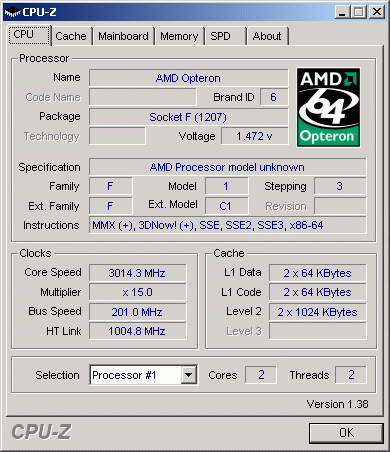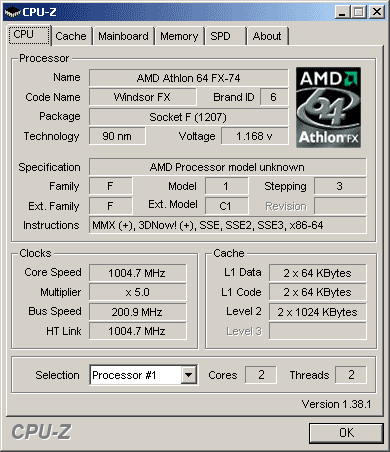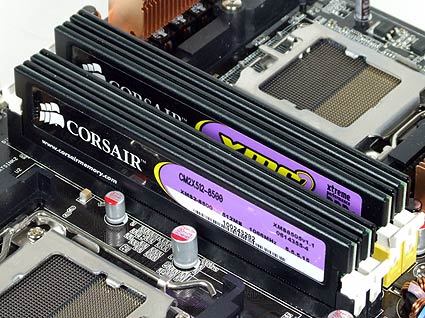AMD's 4x4 Platform & Athlon 64 FX-70 - Brute Force Quad Cores
Two Processors = Double The Power Requirements
More processors is not necessarily a blessing once you start taking energy requirements and cooling into account. A single Athlon 64 FX-62 may run acceptably hot, but two of these power plants, and all of their required voltage regulators, will definitely heat up your computer much more. It is not surprising that the Quad FX machine set new records in terms of power consumption: we measured an idle power of 426 W for the FX-74, and 417 W for the FX-72. Both were running in our test system with a 1,000 W power supply, dual GeForce 7900 GTX graphics, and two hard drives.
An idle power of 261 W sounds much better, which is why we strongly recommend turning on AMD's Cool & Quiet feature. When enabled, during periods when processors run under low load or are idle, Windows XP (and Vista) will throttle the CPU core clock speed to 1.0 GHz and the system will reduce the CPU voltage from 1.4 V to 1.175 V to save power and reduce cooling noise. To use Cool & Quiet, you will need to install AMD's latest Windows XP processor driver, enable Cool & Quiet in the BIOS, and switch Windows XP to portable mode.
Step Down: 1 GHz Clock In Cool & Quiet Mode
The 3.0 GHz Athlon 64 FX-74 will reduce its clock speed...
... to 1.0 GHz when Cool & Quiet is enabled. Notice the voltage reduction as well. We urge you to use this feature, as it reduces the power draw by more than 40%!
DDR2-800 Memory For Each Processor
Quad FX is the first desktop-type computer that deploys two physical processors that don't communicate via a traditional bus, but rather via HyperTransport (point-to-point). A technology called non-uniform memory access (NUMA) is used, so all processors can access the total physical memory, even though it is managed by two different processors and memory controllers. If application data is located in the other processor's main memory, the coherent HyperTransport link that connects the two CPUs must be used.
In any case, the architecture will cause performance to vary, and will result in somewhat varying benchmark results as well. We measured Windows XP memory performance of around 6 GB/s, while first tests with pre-release versions of Vista look very promising with much higher levels. How much this may impact application performance remains to be seen, though.
Get Tom's Hardware's best news and in-depth reviews, straight to your inbox.
Current page: Two Processors = Double The Power Requirements
Prev Page Buying FX-70 Means You Buy Two Processors Next Page Moving Socket 1207 Into The Enthusiast Space
Patrick Schmid was the editor-in-chief for Tom's Hardware from 2005 to 2006. He wrote numerous articles on a wide range of hardware topics, including storage, CPUs, and system builds.


